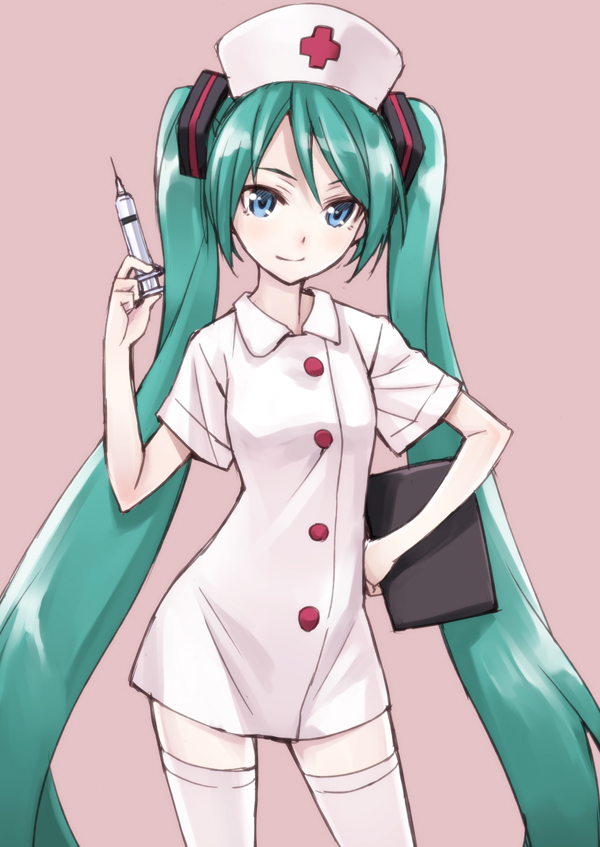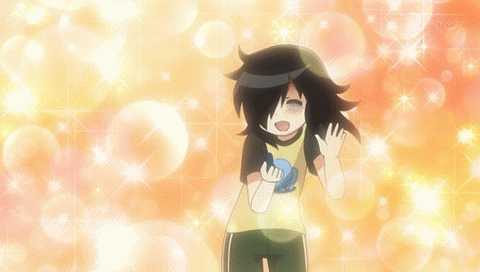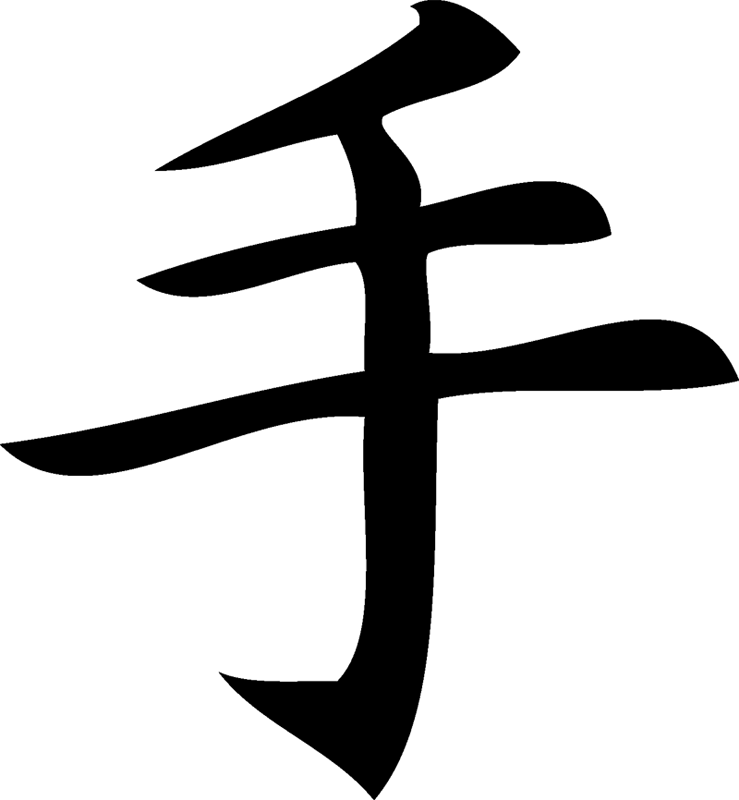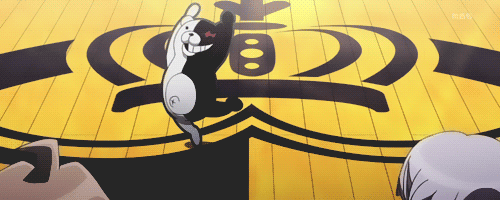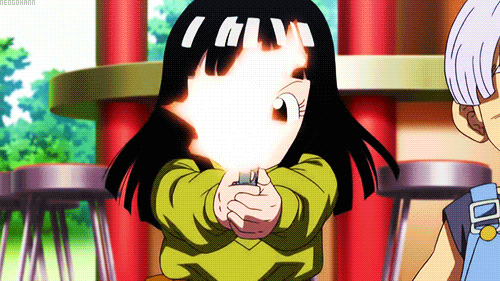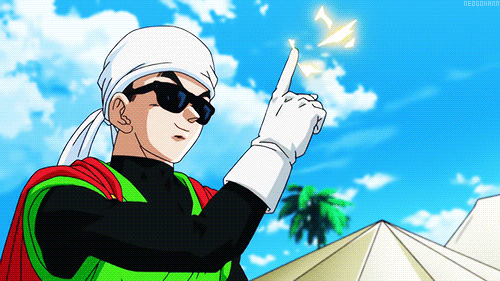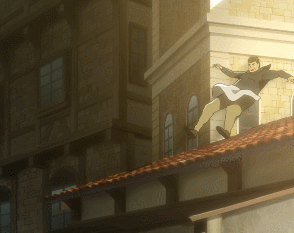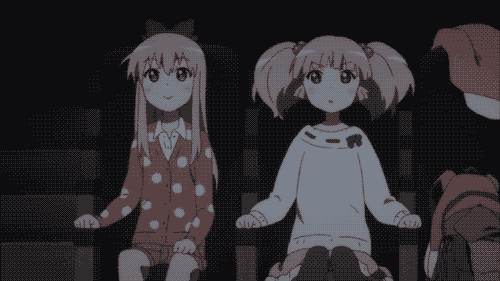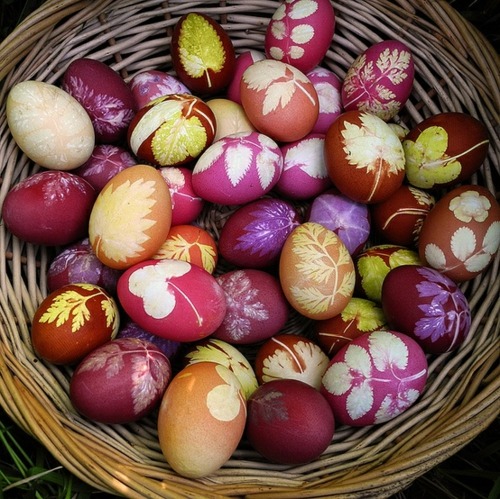![]()
After watching a lot of anime over the years, it gets to the point where one can start to pick up on what I call “anime buzzwords.”
Basically, these are words you are going to hear throughout various anime shows, regardless of the genre or intended audience.
Now, of course, please keep in mind this is just my personal list that is in no particular order of significance.
——————————————————————————————————
1. 許せない (yuresenai) /// Unforgivable/I cannot forgive you!
As a friend points out to me, 許せない is probably one of the closest equivalents to a “f**k you” in Japanese when you are mad at someone. But of course, Japanese as a language doesn’t really have many “swear words” per se, but shouting out an “unforgivable” proves to be potent enough.
Did someone do something really mean and despicable to you? 許せない!
——————————————————————————————————
2. 守る (mamoru) /// To protect (something)
To protect something dear and important to is why you hear the 守る verb a lot in anime.
It can be a loved one, a friend, children … Whatever it may be, characters in anime must 守る things because it is what heroes (in most cases) need to do.
——————————————————————————————————
3. 力 (chikara) /// Power
In anime, progression is very important when it comes to representing character growth. This is evident when it comes to the notion of power.
Thus, 力 is said often in anime. Plus, it is an excuse for your favorite characters to “learn” new tricks as they become stronger in some fashion. ![:)]()
——————————————————————————————————
4. 夢 (yume) /// Dream
We are all dreamers. Everyone always wants to envision something ideal and worthwhile for themselves.
Having a 夢 is always crucial for motivating ourselves to better our circumstances. Dreams act as goals, as unbelievable as they may be at times.
——————————————————————————————————
5. かわいい (kawaii) /// Cute
Japan loves cute things. Who doesn’t? Honestly.
When watching anime, expect something cute and then be ready to hear the obligated かわいい!
——————————————————————————————————
6. 好きor 大好き (suki or daisuki) /// I like you or I love you
Japan doesn’t treat its romantic relationships like people in the Western World.
Liking someone is quite substantial, so confessions of love are mini-events in themselves. 好き!
——————————————————————————————————
7. がんばって (ganbatte) /// Do your best!
Japan as a culture is all about pushing yourself and others to do their best, regardless of what the activity is. A sport, a game, a test … がんばって!
——————————————————————————————————
8. 希望 (kibou) /// Hope
You need to have hope that good things will come to those who wait.
Therefore, 希望 is something very prominent as a consistent theme in many anime stories.
——————————————————————————————————
9. なかま (nakama) /// Friend (comrade, ally and so forth)
Accomplishing something is always more rewarding when you have your best pals and buddies to help you out.
You are never alone in any endeavor when your なかま are by your side.
——————————————————————————————————
10. 大丈夫 (daijoubu) /// It’s all right
Sometimes, some reassurance is in order, so a prompt 大丈夫 lets others know it’s A-OK.
——————————————————————————————————
So that was my top 10 anime buzzwords. What are your buzzwords in anime?
![]()
![]()
![]()
![]()
![]()
Filed under:
Anime Recommendation,
Pham Fact Tagged:
Anime,
Asia,
Culture,
Cute,
Japanese,
Kanji,
Language,
Music,
Rant,
Sailor Moon,
Writing ![]()
![]()
![]()
![]()
![]()
![]()
![]()
![]()






























